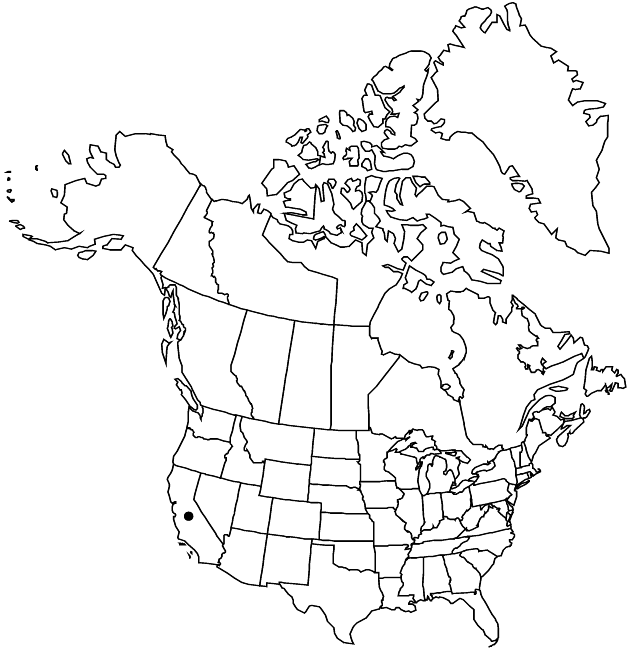Difference between revisions of "Gutierrezia californica"
Fl. N. Amer. 2: 193. 1842.
FNA>Volume Importer |
imported>Volume Importer |
||
| (One intermediate revision by the same user not shown) | |||
| Line 65: | Line 65: | ||
|publication year=1842 | |publication year=1842 | ||
|special status= | |special status= | ||
| − | |source xml=https:// | + | |source xml=https://bitbucket.org/aafc-mbb/fna-data-curation/src/2e0870ddd59836b60bcf96646a41e87ea5a5943a/coarse_grained_fna_xml/V19-20-21/V20_181.xml |
|tribe=Asteraceae tribe Astereae | |tribe=Asteraceae tribe Astereae | ||
|genus=Gutierrezia | |genus=Gutierrezia | ||
Latest revision as of 20:01, 5 November 2020
Subshrubs, 20–70 cm. Stems glabrous or minutely hispidulous. Leaves: basal absent at flowering; cauline blades 1-nerved, filiform to linear, 0.5–1(–1.3) mm wide, reduced distally, often reduced in arrays to tiny, curved bracts. Heads borne singly or (sometimes subsessile and in clusters of 2–3) in loose arrays. Involucres turbinate to cylindric-turbinate (longer than diams.), 2.5–4 mm diam. Phyllary apices flat. Ray florets 4–13; corollas yellow, 2.5–7 mm. Disc florets (4–)6–13. Cypselae 2–2.8 mm, faces densely strigoso-sericeous; pappi of 1–2 series of lanceolate to oblanceolate scales 1.5–2.2 mm. 2n = 16, 24.
Phenology: Flowering Apr–Nov(–Dec).
Habitat: Grassland, chaparral, oak woods, alluvium, rocky slopes, sometimes over serpentine
Elevation: 100–400 m
Distribution

Calif., Mexico (Baja California).
Discussion
Following D. D. Keck (1960) and M. A. Lane (1985), Gutierrezia californica is treated here as a variable taxon that includes G. divergens. O. T. Solbrig (1965, 1970) considered G. californica to be a narrow endemic restricted to serpentine outcrops of the San Francisco Bay region, in which case the earliest name for the more widely distributed plants, including those of Mexico, is G. divergens Greene. Molecular evidence (Y. Suh and B. B. Simpson 1990) tentatively supports the recognition of the serpentine endemic; more detailed sampling would be needed for an objective decision. The morphologic differences are quantitative and overlapping. Intergrades between G. californica in the broad sense and G. sarothrae are said to occur in California (Lane 1993).
Selected References
None.